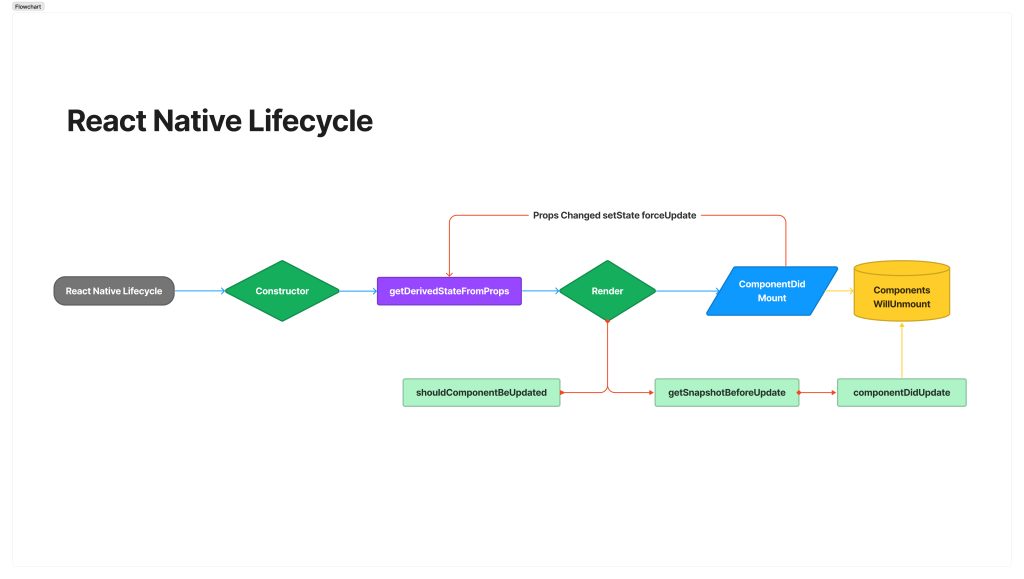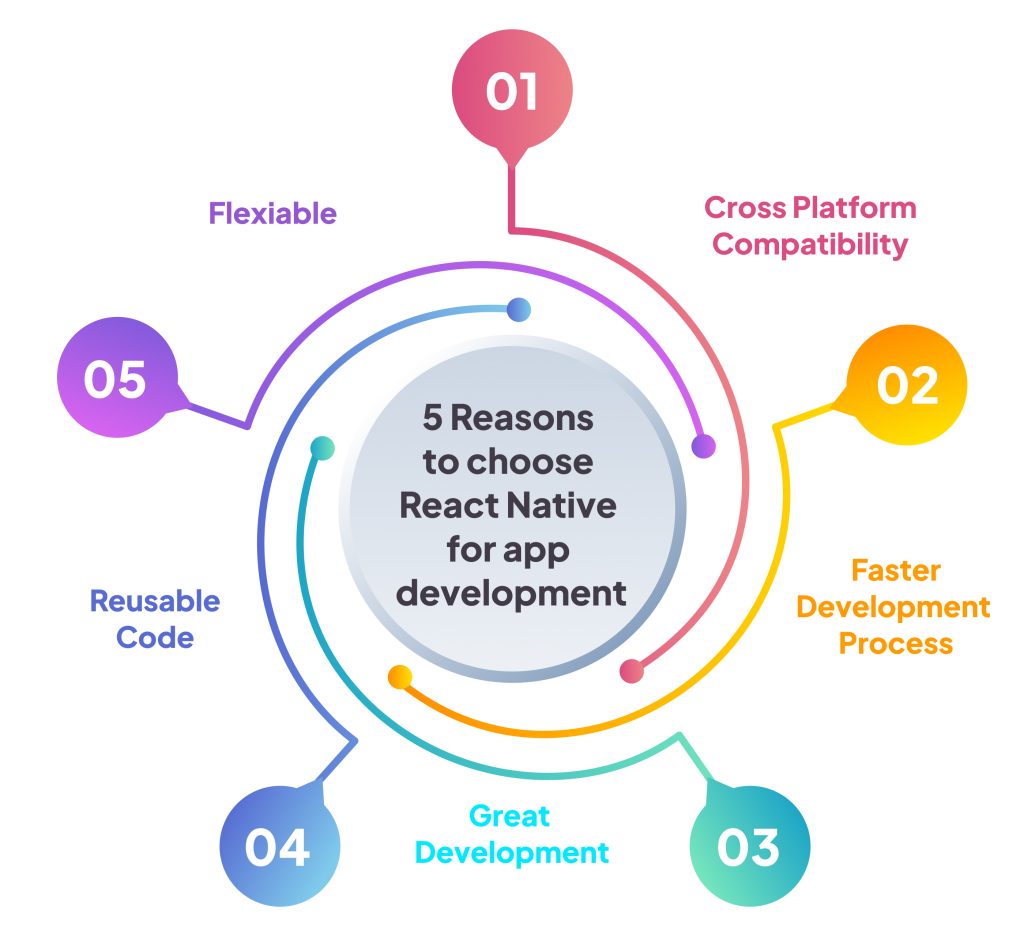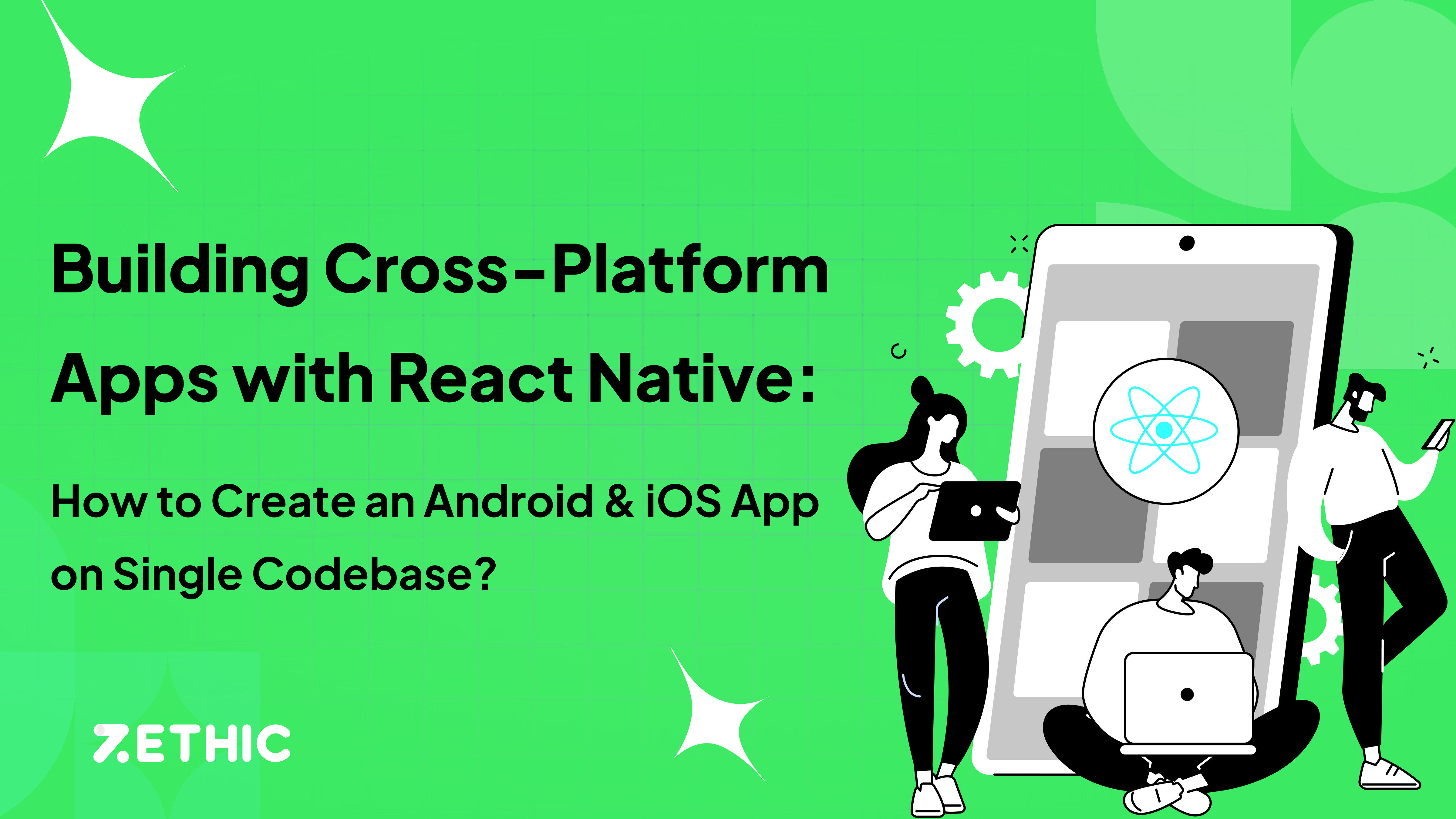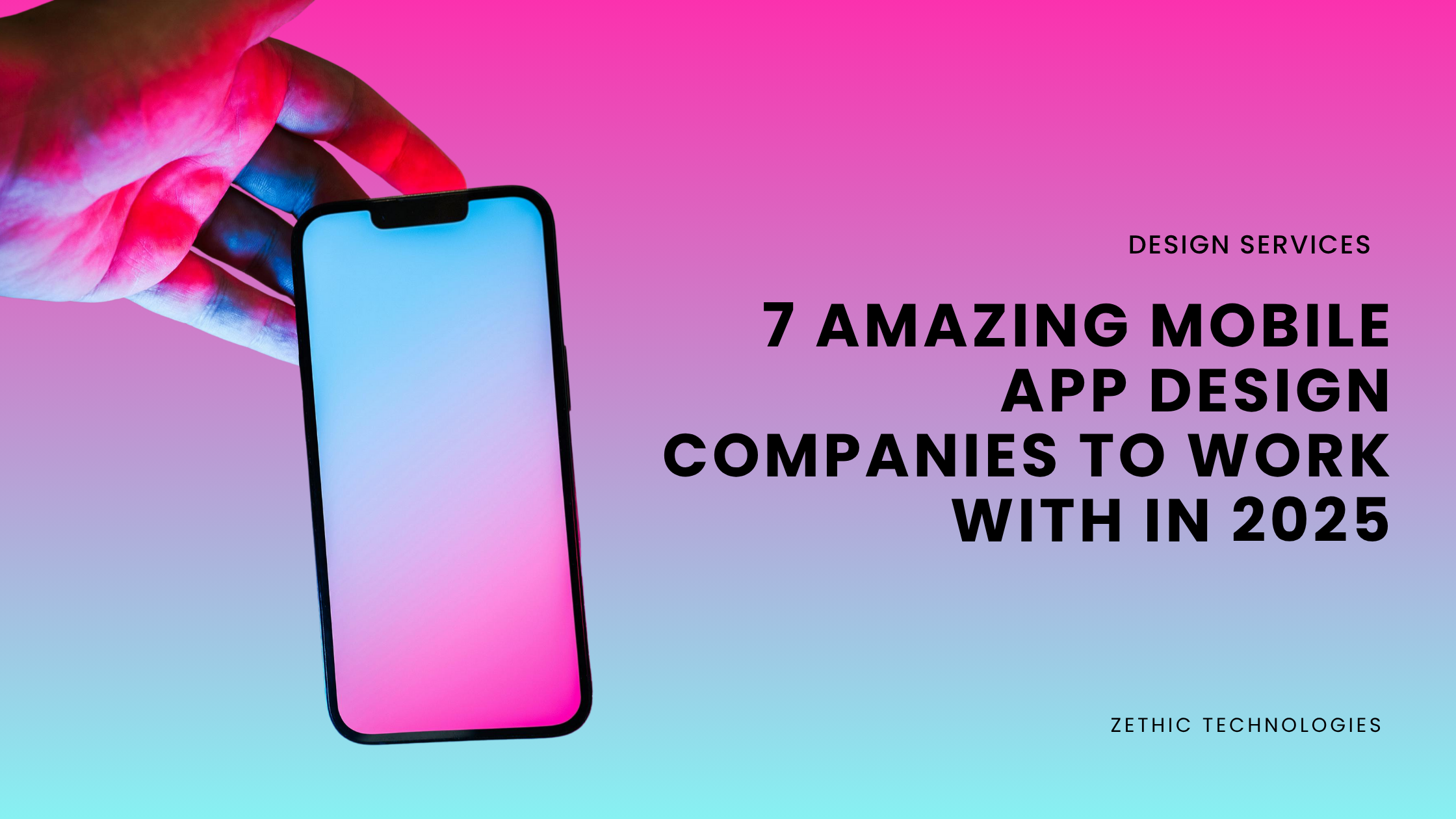Welcome to the thrilling realm of React Native, where boundaries dissolve and cross-platform apps come to life! Join us on an exciting journey as we explore the art of building apps that run seamlessly on both iOS and Android. Brace yourself for a unified development experience, stunning interfaces, and lightning-fast performance. Are you ready to conquer the world of cross-platform app development with React Native App Development.
With React Native App Development Services as your trusted ally, you’ll unlock the power to create extraordinary applications that defy platform limitations. Say goodbye to the days of building separate apps and embrace the efficiency of a single codebase. Whether you’re a seasoned developer or an aspiring code enthusiast, this blog is your gateway to conquering new frontiers in the ever-evolving landscape of cross-platform development. Get ready to unleash your creativity, boost your productivity, and revolutionize the way you build apps with React Native
A Step-By-Step Guide On “How To Build An App With React Native”
Creating a cross-platform app for both iOS and Android using React Native is an exciting endeavour that allows you to maximize code reusability and development efficiency. Here is a React native app development step-by-step guide!
Step 1: Set Up Your Development Environment
Ensure you have Node.js installed on your machine. You can download it from the official website (https://nodejs.org). Once Node.js is installed, open your terminal or command prompt and install React Native CLI by running the following command:
npm install -g react-native-cli
Step 2: Create A New React Native Project
In your terminal or command prompt, navigate to the directory where you want to create your project. Run the following command to create a new React Native project:
npx react-native init MyApp
Replace “MyApp” with the desired name for your project. This command will generate a new React Native project with the necessary files and dependencies.
Step 3: Navigate To Your Project Directory
Move into the project directory by running the following command:
cd MyApp
Step 4: Build And Run Your App On iOS
To run your app on an iOS simulator or device, execute the following command:
npx react-native run-ios
This command will build and launch your app on the iOS simulator or device connected to your machine.
Step 5: Build And Run Your App On Android
To run your app on an Android emulator or device, make sure you have an emulator running or a device connected to your machine. Then, execute the following command:
npx react-native run-android
This command will build your app and install it on the Android emulator or device.
Step 6: Start Developing Your App
With your project set up and running on both iOS and Android, you can now begin building your cross-platform app. Open the project directory in your preferred code editor and edit the necessary files, such as App.js, to define your app’s components, screens, and logic.
Step 7: Test And Iterate
As you make changes to your app, you can see the updates reflected in real-time by saving the files. React Native’s hot-reloading feature allows you to see the changes instantly on the emulator or device without rebuilding the entire app.
Continue refining and testing your app, leveraging the vast range of React Native components and libraries available, until it meets your desired functionality and design.
Step 8: Publish Your App
Once you’ve completed development and thoroughly tested your app, it’s time to publish it to the respective app stores. For iOS, you’ll need to generate an iOS bundle, configure app details, and submit it to the Apple App Store. For Android, you’ll need to develop an APK file, sign it, and submit it to the Google Play Store.
Remember to adhere to the respective app store guidelines and follow the required steps for publishing your app on each platform.

5 REASONS TO CHOOSE REACT NATIVE FOR APP DEVELOPMENT:
React Native has gained immense popularity in recent years due to its ability to build cross-platform mobile apps with a single codebase. It offers a range of advantages that make it a preferred choice among developers. In this blog post, we will explore five reasons why you should consider using React Native for app development.

Cross-Platform Compatibility
React Native app development company and process stands out as a robust framework for developing mobile applications with unparalleled cross-platform compatibility. Leveraging React Native, developers can leverage a single codebase to deploy apps seamlessly on both iOS and Android platforms. This eliminates the need for separate codebases, reducing development time and effort. By utilizing native components, React Native ensures a native-like experience for users on both platforms, making it an excellent choice for businesses aiming to reach a broader audience without compromising performance or user experience.
Faster Development Process
React Native accelerates the app development process, allowing for swift deployment. The framework’s reusable components and pre-built libraries enable developers to expedite the creation and release of apps. The “Hot Reload” feature of React Native allows for real-time code changes, eliminating the need to restart the app during development. This feature significantly enhances productivity and reduces development time. Ultimately, the faster development process enabled by React Native leads to cost savings and quicker time-to-market for businesses.
Performance
Despite being rooted in JavaScript, React Native apps deliver outstanding performance that rivals native applications. The framework employs a bridge that facilitates seamless interaction between JavaScript code and native components. This ensures efficient utilization of the device’s GPU, resulting in smooth animations and faster processing. React Native’s native performance capabilities are instrumental in delivering a superior user experience and ensuring optimal app performance across various devices.
Reusable Code
React Native offers extensive code reusability, empowering developers to write code in JavaScript and reuse it across multiple platforms. This eliminates the need to develop separate codebases for iOS and Android, significantly reducing development effort and time. Additionally, the vast collection of pre-built components and libraries provided by the React Native community further expedites development. Developers can leverage existing resources to accelerate the development process and enhance overall productivity.
Flexibility
React Native provides exceptional flexibility for app development, offering the ability to integrate native code components when necessary. This flexibility enables developers to optimize and customize the app according to specific requirements. Businesses can deliver unique and tailored mobile experiences to their users, meeting their expectations and ensuring high levels of user satisfaction. The flexibility of React Native sets it apart as a versatile framework for app development.




